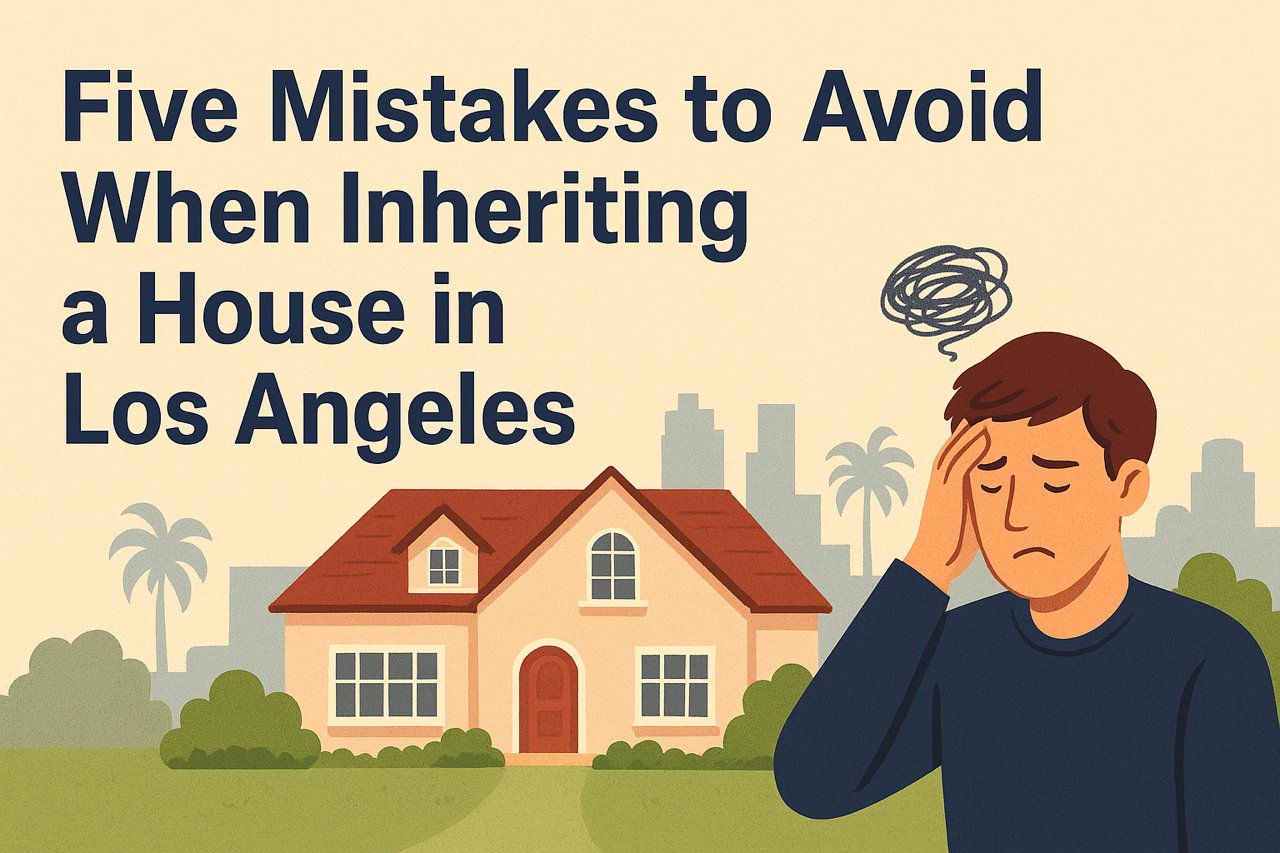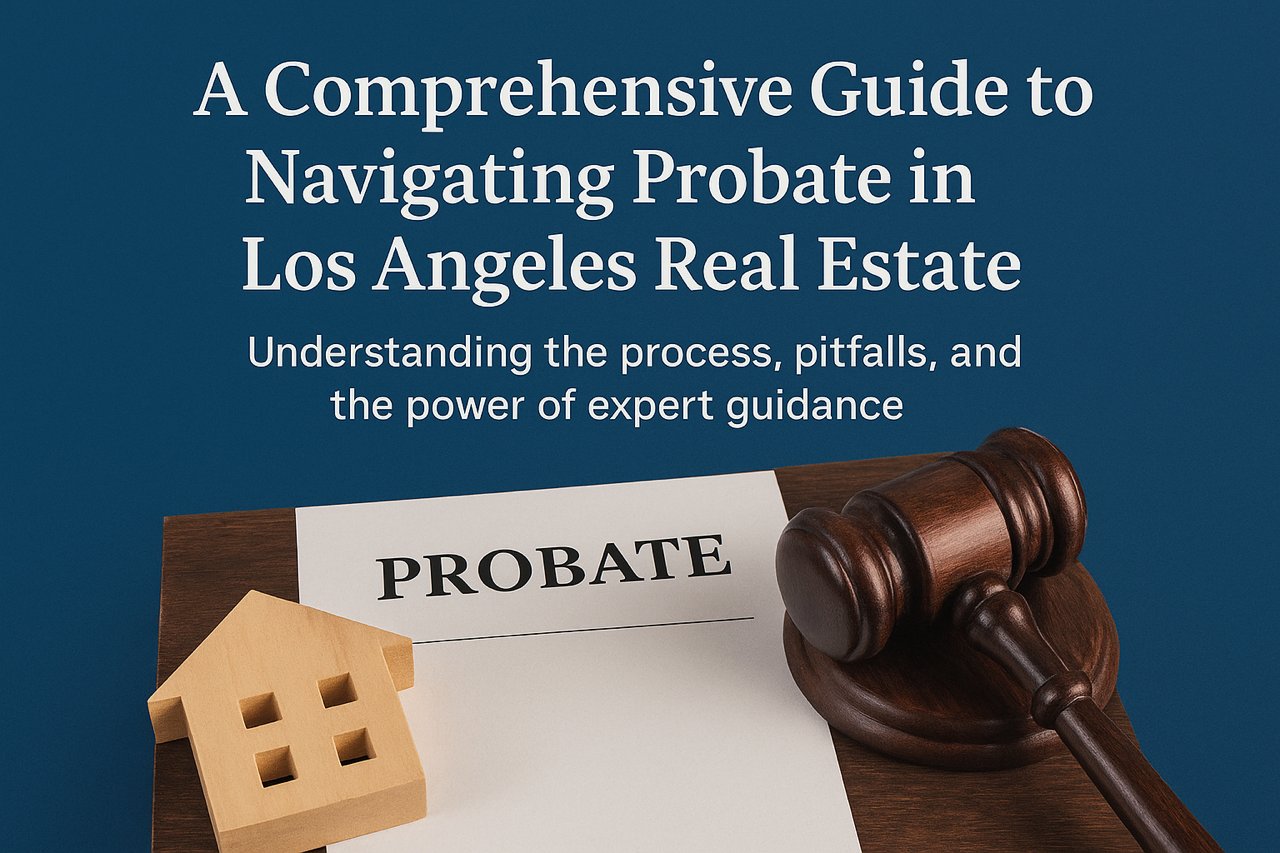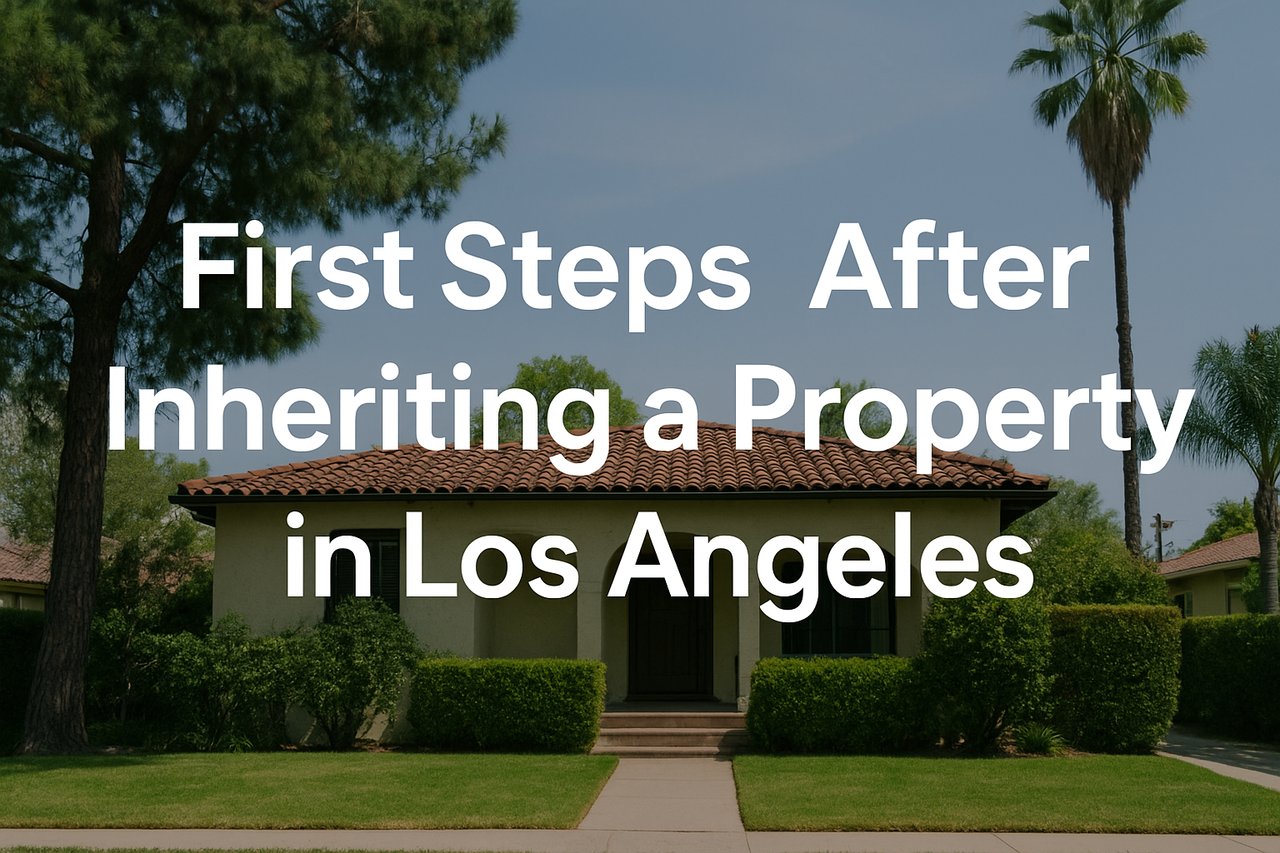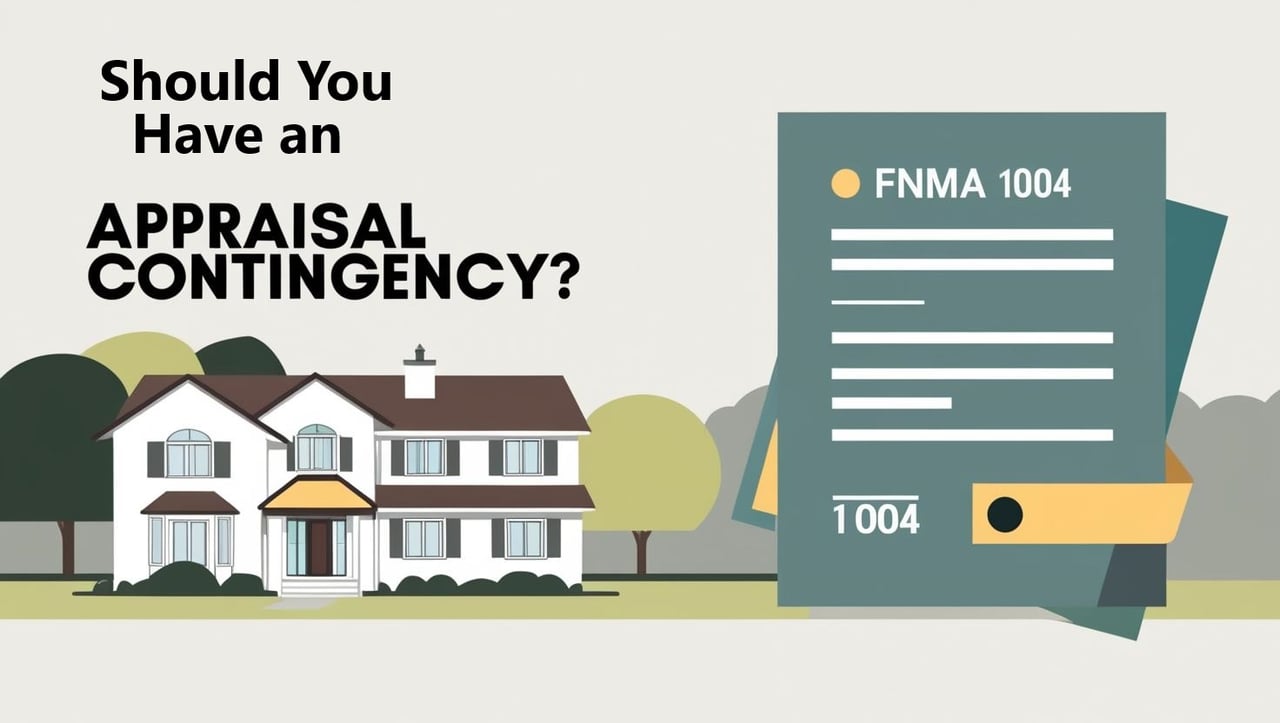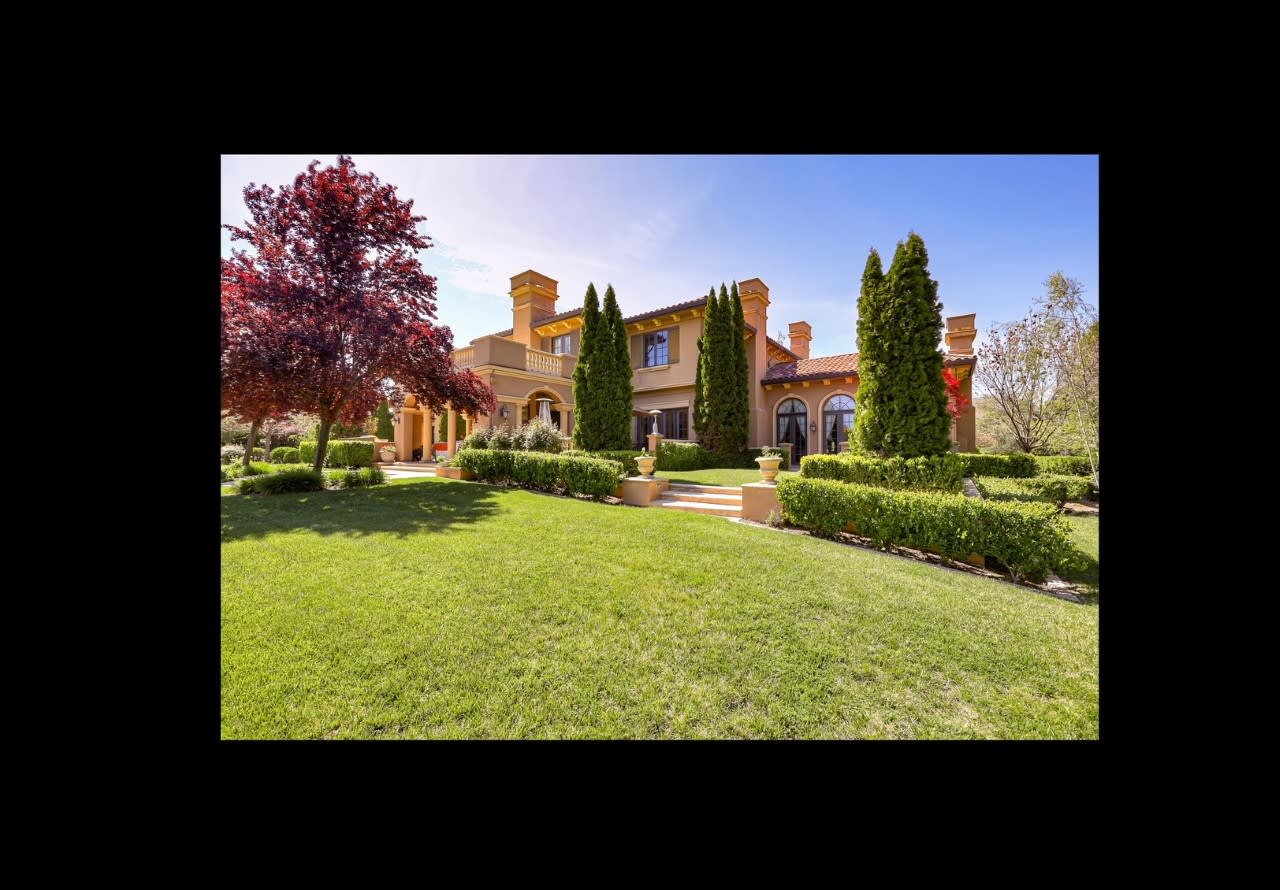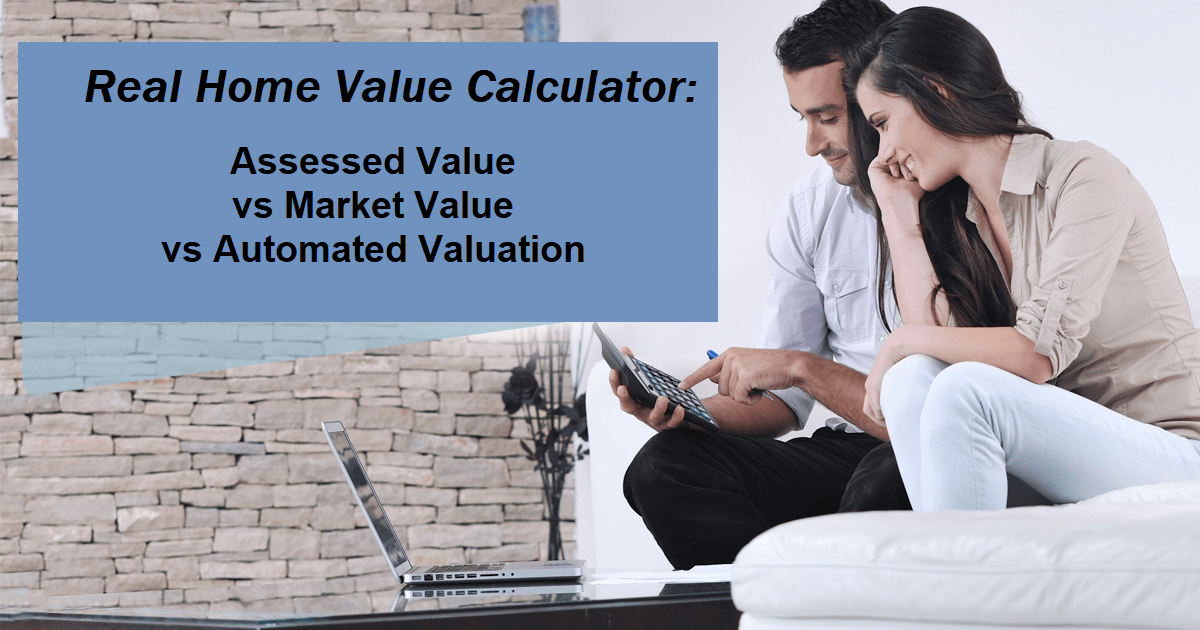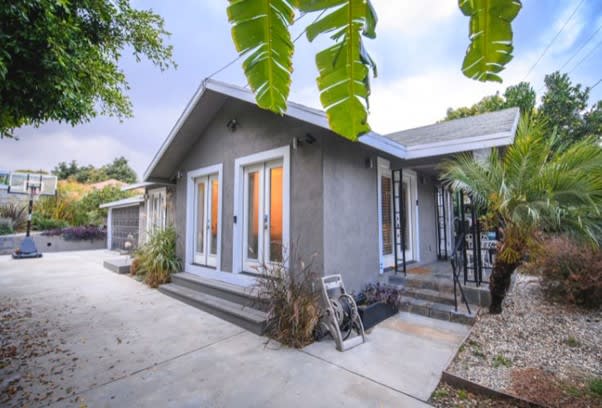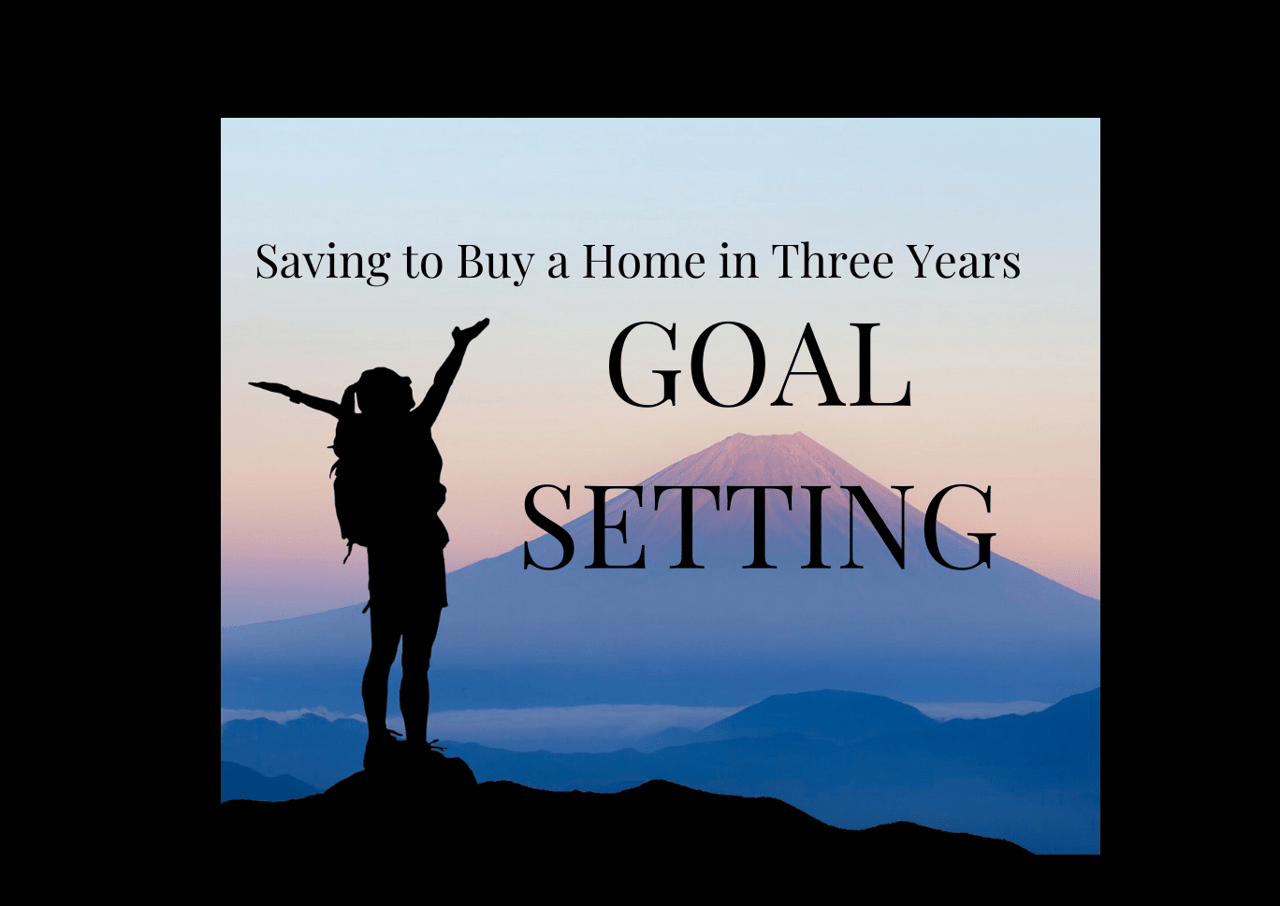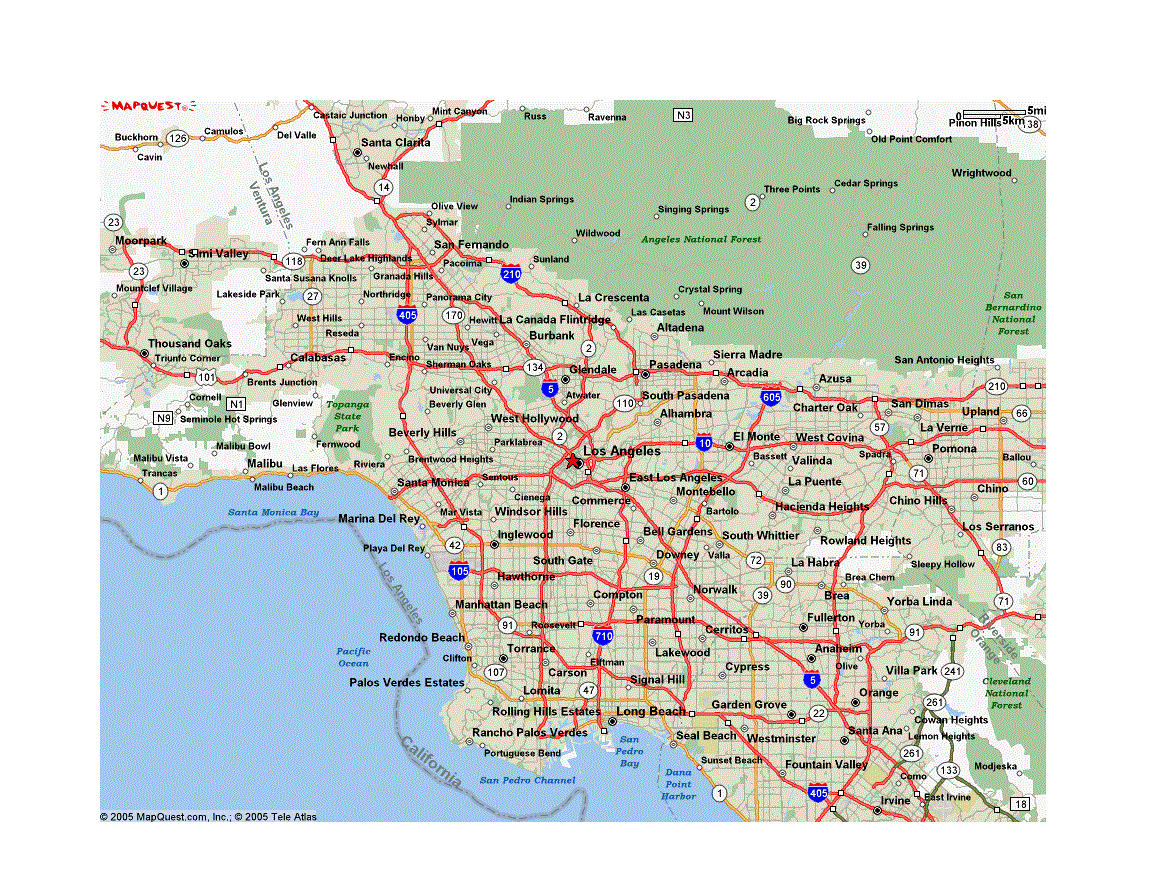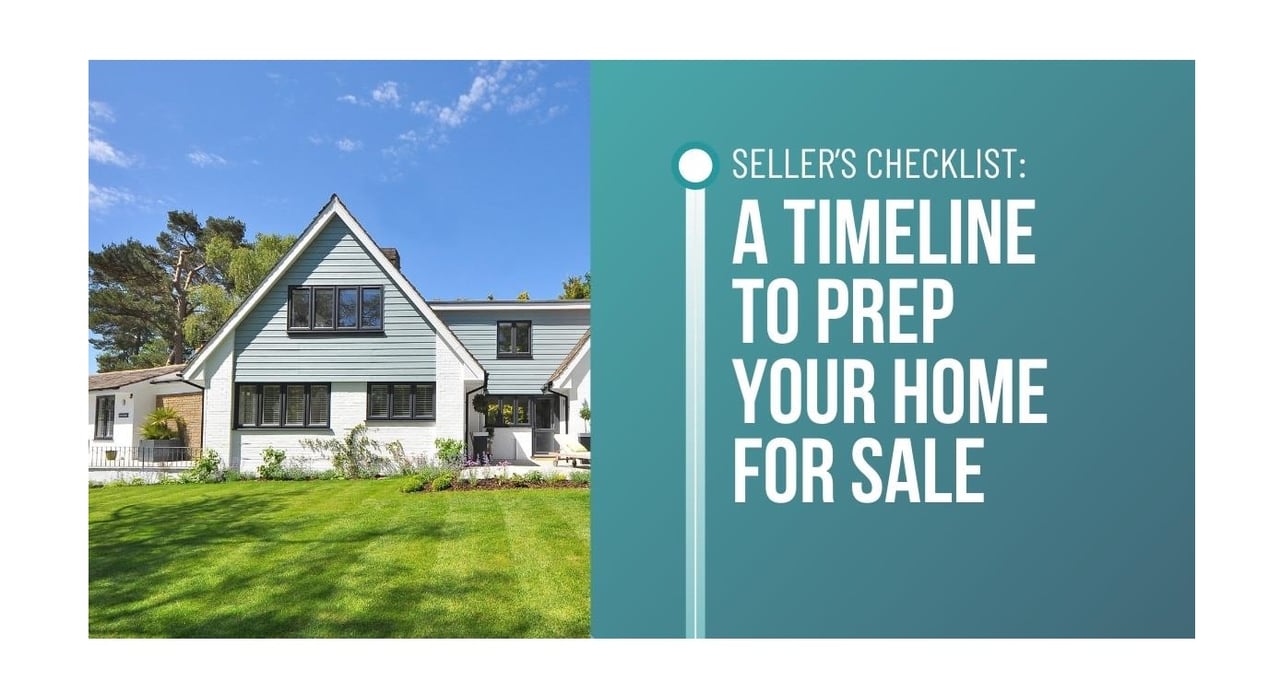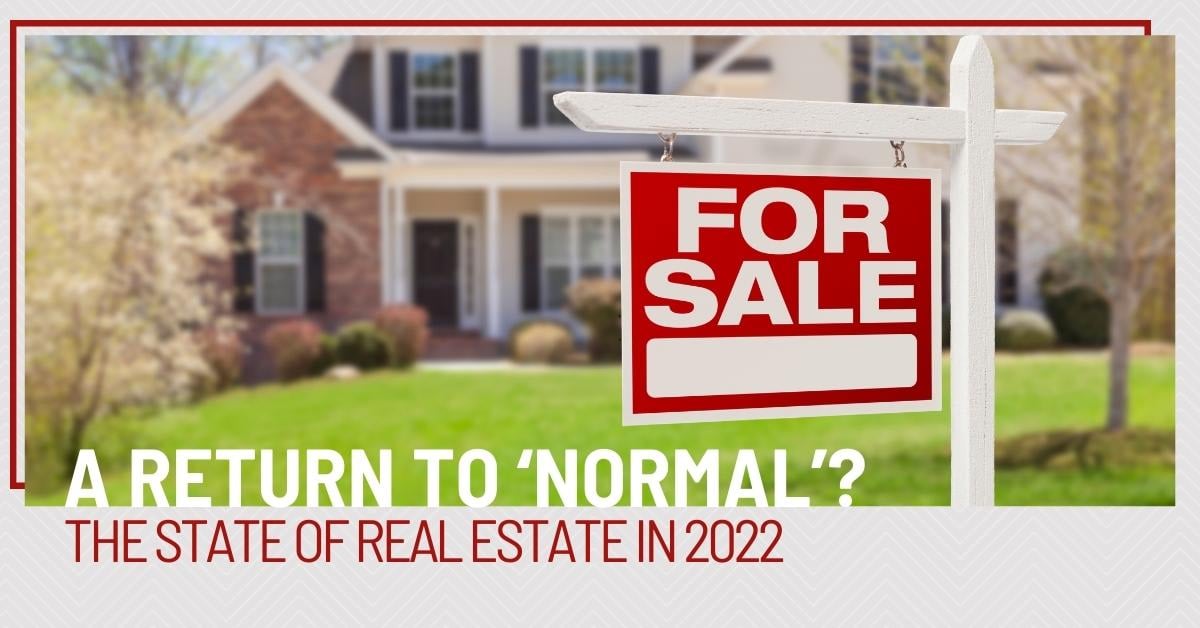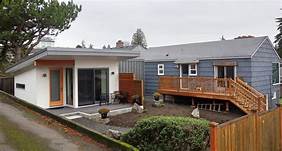When searching for a new home or investment property, a common inquiry is, "What is our budget?" However, it's important to not only consider how much you can afford, but also your total purchasing power. Buyers can get so preoccupied with their affordability that they fail to recognize their full potential to make purchases.
Buying Power Defined
The term Buying Power can be defined as the amount of money you can allocate each month towards mortgage payments. This figure is determined by subtracting your fixed bills and expenses from your monthly income. In addition to this, factors such as your down payment savings, proceeds from the sale of your current home (if applicable), and your borrowing limit can all impact your buying power. After considering all of these factors, you may discover that you can afford a larger or more desirable home, or alternatively, that you should search for homes within a lower price range.
What About Housing Affordability?
Real estate professionals use housing affordability as a measure to determine whether an average family with an average income can obtain a mortgage for a standard home. 1 However, while this metric is crucial for gaining a comprehensive understanding of the real estate industry, it may not be relevant when searching for a home. What you consider affordable based on your earnings and other variables could differ from what the average buyer considers affordable. Therefore, it's essential to assess your unique circumstances and budget when looking for a home.
Why Buying Power Matters
It's a misconception that a home's list price is the deciding factor in its purchase. Although price is important, it's equally essential to consider the monthly payment that comes with owning a home. The list price doesn't include additional expenses such as property taxes, homeowner insurance, maintenance or repairs, and associated monthly fees. Knowing the monthly payment will help you avoid overestimating or underestimating your buying power, as you'll be living with the monthly payment, not the sales price.
Once you have a clear understanding of your buying power, you'll be able to purchase the home you desire instead of settling for a home that fits your budget. Understanding your buying power will prevent you from becoming "house poor," a term used to describe someone who has invested all their money into the down payment, leaving nothing left for additional fees outside of the monthly house payment. Either scenario can negatively impact the lifestyle you want. By understanding your buying power, you can buy the home you want without sacrificing your desired lifestyle.
If you haven't sold your current home yet, our team can provide you with a free Comparative Market Assessment (CMA) that will give you an idea of how much your home may be worth based on what similar homes have sold for in your area. Contact us today to schedule your free CMA!
Calculating Your Buying Power
Are you wondering how to determine your buying power? Your buying power can be calculated by adding your down payment savings, proceeds from selling your home (minus fees and mortgage payoff), and all sources of income and investments that can be used to make your monthly payment. This includes your monthly salary, commissions, tips, dividends from investments, rental property payments, and any other sources of monthly income. Additionally, include the loan amount you are willing to finance and qualify for.
Most lenders recommend that buyers spend no more than 35 to 45 percent of their pre-tax income on housing expenses. This includes your mortgage payment, property tax, and home insurance. However, some financial experts advise a more conservative approach, suggesting that buyers spend no more than 25 percent of their after-tax income on housing expenses. .2 Ultimately, it is up to you to decide which approach is best for you.
Traditionally, mortgage lenders have suggested that the ideal housing expense amount should be no more than 28 percent of your income. 3
However, it's important to remember that you don't have to spend all of your savings and monthly income on your mortgage payment. You should set aside some money for regular home maintenance, unexpected repairs, and monthly fees, such as a condominium or homeowners association fee. Keep in mind that while these ratios are commonly accepted, a lender will consider your entire financial situation when determining how much they are willing to lend you. It may be tempting to take out a large loan to purchase your dream home, but remember that the less you borrow, the stronger your buying power will be.
4 Factors That Affect Your Buying Power
- Credit Score: Your credit score plays a crucial role in determining the interest rate you can secure. A higher credit score can help you lock in lower interest rates.
- Debt-to-Income Ratio: This ratio is calculated by dividing your monthly debt payments by your gross monthly income. A lower ratio indicates that you're less of a risk to lenders, especially if you have a good credit history.
- Assets: The source of your down payment and the mix of your investments are crucial considerations for lenders. It's important to have documented proof of where the money for the purchase is coming from.
- Down Payment: The more money you're able to put down, the less you'll have to borrow. A down payment of 20% or more can help you avoid purchasing private mortgage insurance (PMI) and may enable you to negotiate a lower interest rate.
How to Save for a Down Payment
Here are some tips on saving for a down payment if you're considering purchasing a home in the future.
First-Time Buyers:
- Set a Savings Goal. To determine how much to save, consider the average sales price for comparable homes and calculate your target down payment percentage. If the homes in your area are selling for $200,000, and you plan to put down 20 percent, you'll need to save $40,000. Set a goal to save this amount within a specific timeframe but remember that the average selling price may change if you take too long to save. While most buyers saved for six months or less, 29 percent of all buyers and 31 percent of first-time buyers saved for more than two years for a down payment.4
- Cut Expenses. Review your monthly expenses and identify areas where you can reduce costs. During their saving period, 29 percent of buyers cut back on non-essential items, and 22 percent decreased their entertainment expenses.4 Consider eliminating items you can live without or reducing them temporarily while you're saving.
- Increase Your Income. Consider getting a part-time job or selling items online or at a garage sale to boost your income quickly. Make sure you save any windfalls you receive, including your annual income tax refund or work bonuses.
- Look for Home-Buying Programs. Your state, county, or local government may provide special programs, such as grants, for first-time buyers to use.
- Ask Your Family. Thirteen percent of all buyers and 24 percent of first-time buyers received money from family or friends to use toward their home's down payment.4
Repeat buyers:
Over 50 percent of repeat buyers utilized funds from the sale of their primary residence to finance the down payment on their next home, while 76 percent dipped into their savings accounts for the same purpose. If you're planning to purchase another property, there are additional ways to save money apart from the above-mentioned tips:
- Generate additional income by renting out a room. If you have an income flat or mother-in-law unit attached to your home, consider leasing it out and placing the earnings into a high-yield savings account.4
- Allow your money to work for you. If you're not planning to purchase a home for at least five years, consider investing your funds and taking advantage of compound interest. Talk to your financial planner or broker to determine if this approach is right for you and your objectives.
- Take advantage of your 401(k). If you have a 401(k) plan, you may be permitted to borrow a portion of it, up to $50,000 or half of its worth, to fund your down payment. Keep in mind that this is a loan, and you will be required to repay it. If you leave or lose your job before the loan is repaid, you will have between 60 to 90 days to settle the balance or face substantial taxes and penalties.
If you're considering investing in property, whether it's a rental or a second home, you'll need to save for a down payment. Here are a few tips to help you get started:
- Utilize your equity. If you've paid off or significantly reduced your mortgage on your primary residence, you may be able to access your equity to purchase another property. Consult with your lender to learn more about home equity loans or a HELOC.
- Consider a partner. Finding a trustworthy friend or relative who is also interested in purchasing property can be an effective way to split the costs and benefits equally. It's important to work with an attorney to create a customized partnership agreement that aligns with your specific needs and goals.
Work Out Your Buying Potential
What’s your buying potential? Fill out this worksheet to get an estimate.
|
Housing Expense Ratio: |
|
|
1. Monthly income before taxes |
$ |
|
2. Multiply line 1 by 0.28 |
X 0.28 |
|
3. Monthly mortgage payment (PITI) should not exceed this amount |
= $ |
|
4. Monthly income before taxes |
$ |
|
5. Multiply line 4 by 0.36 |
X 0.36 |
|
6. Total monthly payments on all debts (including mortgage) should not exceed this amount |
= $ |
|
7. Subtract the total monthly payments on all outstanding debts (e.g., car loans, credit cards, student loans, etc.) |
- $ |
|
8. The monthly mortgage payment should not exceed this amount |
$ |
|
9. Look at line 3 and line 8. The lower figure is an estimate of the maximum mortgage payment in consideration of your income and debts. |
$ |
|
10. Multiply line 9 by 0.80 |
X 0.80 |
|
11. This equals portion of your mortgage payment that is the principal and interest only |
$ |
|
12. Use the table below to see the size of the loan you may be able to obtain with this monthly mortgage payment. |
|
Source: Iowa State University Extension, What is your house-buying power?
Monthly Payment on 30-Year Fixed Rate Mortgage
|
Loan amount |
3% |
3.5% |
4% |
4.5% |
5% |
5.5% |
6% |
|
$50,000 |
211 |
225 |
239 |
253 |
268 |
284 |
300 |
|
$75,000 |
316 |
337 |
358 |
380 |
402 |
426 |
450 |
|
$100,000 |
421 |
449 |
477 |
506 |
536 |
568 |
600 |
|
$150,000 |
632 |
674 |
716 |
759 |
804 |
852 |
900 |
|
$200,000 |
842 |
898 |
954 |
1012 |
1072 |
1136 |
1200 |
|
$250,000 |
1052 |
1123 |
1193 |
1265 |
1340 |
1420 |
1500 |
|
$300,000 |
1263 |
1347 |
1431 |
1518 |
1608 |
1704 |
1800 |
Didn’t see your desired loan amount? Use the table below to estimate your monthly payment (principal and interest) per $1,000 of your loan. To figure out an estimated loan payment, multiply the factor by the number of thousands in the amount of your mortgage.
For example, if you intend to borrow $400,000, with a loan term of 30 years at 4% interest, multiply 4.77x 400 = $1908 per month.
|
Interest Rate |
15-Year Term |
30-Year Term |
|
|
Monthly Payment |
Monthly Payment |
|
3% |
6.90 |
4.21 |
|
3.5% |
7.14 |
4.49 |
|
4% |
7.39 |
4.77 |
|
4.5% |
7.64 |
5.06 |
|
5% |
7.90 |
5.36 |
|
5.5% |
8.18 |
5.68 |
|
6% |
8.44 |
6.00 |
Source: HSH.com http://www.hsh.com/mopaytable-print.html)
It's important to keep in mind that property taxes and insurance must be considered when budgeting for a new home. These expenses are typically included in your mortgage payment along with the principal and interest charges. To determine the current property tax rate, it's best to contact your county assessor's office. Similarly, you should reach out to your insurer to obtain a quote for home insurance. Once you have this information, divide each figure by 12 to get an estimate of how much they'll contribute to your monthly payment. Remember to factor in these costs when creating your budget for your new home.
Do you want a clearer picture of your buying power? Would you like to see what kind of homes you can get with your buying power? Give us a call!
Sources: 1. National Association of REALTORS https://www.nar.realtor/topics/housing-affordability-index/methodology
- Moneyunder30.com https://www.moneyunder30.com/percentage-income-mortgage-payments
- Credit.com https://www.credit.com/loans/mortgage-questions/how-to-determine-your-monthly-housing-budget/
- National Association of REALTORS, 2016 Profile of Home Buyers and Sellers
- Iowa State University Extension, What is your house-buying power? https://store.extension.iastate.edu/product/pm1460-pdf
- HSH.com http://www.hsh.com/mopaytable-print.html

